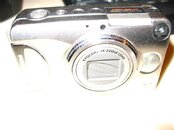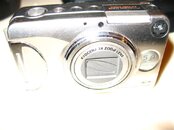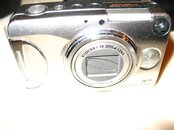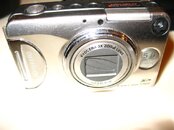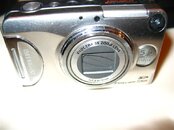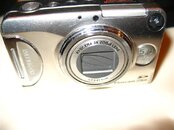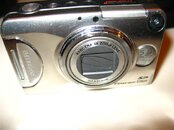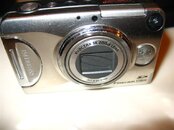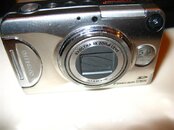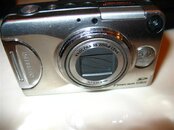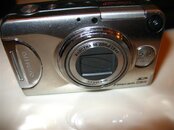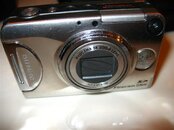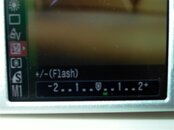f3nikon
Guest
i have the same shadow problem with the oly c-765 and the oly sp-550uz when using the internal flash. you have to take the picture farther away to avoid having the shadow. but then that beats the objective of having less water between the lens and the critter.
I agree on the less water but again I do not know if the Olympus SP-550UZ is the same setup as the Canon A630/640 diffuser.





